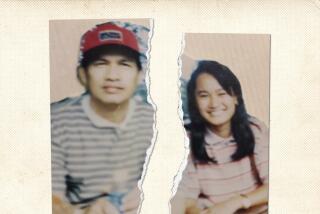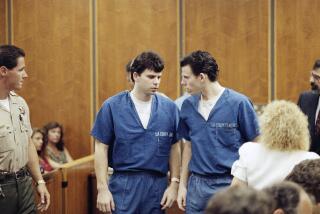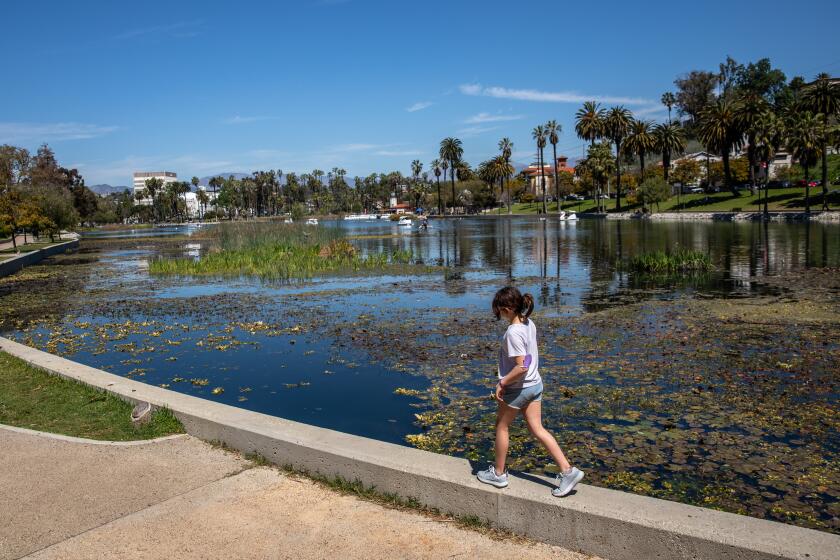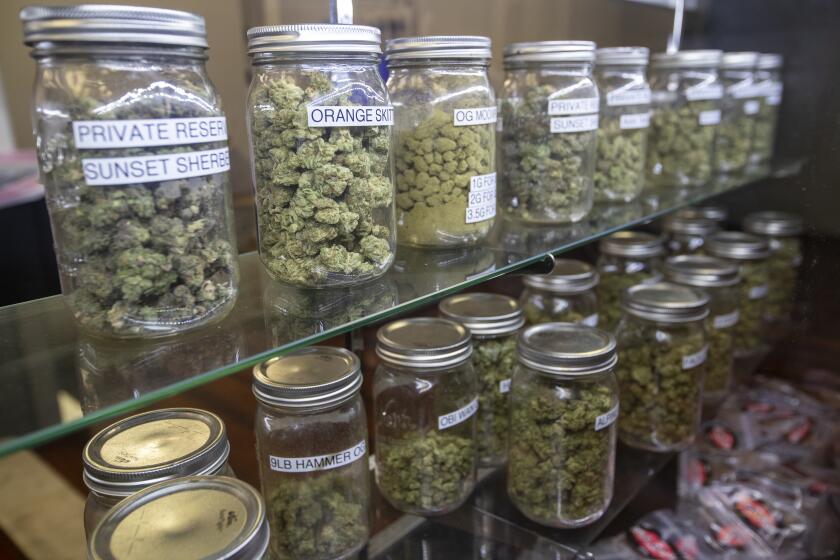This is not your grandpa’s LAPD
‘UNTIL YOU run toward bullets, shut up.” Fifteen years ago, that’s what I was told by a Los Angeles Police Department K-9 supervisor after I suggested that a 41% hospitalization rate for people arrested with the use of police dogs was problematic. But today the rate has declined to less than 1%, and that same officer talks to me regularly.
Fifteen years ago, investigations of police misconduct by the LAPD’s internal affairs division were considered laughable and even had their own nickname -- a “bluewash.” Today, however, real misconduct investigations get done routinely.
Even further back -- 40 years ago -- the chief of police would wave copies of Supreme Court opinions that curbed police power and declare, “We’ll get around this one too, boys.” Today, senior LAPD leaders agree that the department is subject to law.
And fast-forward to just nine years ago, when rogue officers in the Rampart Division planted drugs on suspects so routinely that the practice had its own motto (“There’s no dope like cop dope”). They got “attaboys” from their higher-ups -- or at least silence. Today, such officers face stings and, in some cases, firings.
None of these changes means that the LAPD -- or even these particular problems -- is finally fixed. But it does mean that today’s LAPD is not your grandfather’s LAPD. Police Chief William Bratton, a gifted and tenacious leader, has a policing vision that is putting the LAPD on the right road. He envisions a force that has the resources to fight crime and ward off terrorism by winning trust in our poorest communities “through compassionate and constitutional” policing and by becoming a “catalyst for meaningful social change” and racial healing.
Given the LAPD’s history, this is a revolutionary vision. It also is the right vision for officer safety and the future well-being of the city -- and for better insulation against police corruption. But to become a reality, it requires L.A. to end once and for all what every major city in the United States has practiced over the years: public safety apartheid. This two-tier, separate and unequal reality in Los Angeles means that in some neighborhoods people can walk their dogs at night without fear, while in others parents keep their children indoors for fear of drive-by shootings.
Until the city ends the chronic anorexia of “thin blue line” policing -- the safety-on-the-cheap model that delivers efficient public safety for neighborhoods on the right side of that line and what’s come to be called “containment-suppression” for neighborhoods that are not -- citywide public safety will not happen.
The city has a historic choice to make at a historic time, and it has the people in place right now to make its choice correctly. Mayor Antonio Villaraigosa, an audacious visionary, has brought his history as an aggressive champion of equality and opportunity to his office. The Police Commission, headed by civil rights leader and longtime community activist John Mack, is up for the challenge, as are leaders of the rank and file and the command staff of the LAPD. The City Council has leaders who want move beyond Band-Aids to comprehensive long-term solutions. And the LAPD has an ally in Sheriff Lee Baca, who shares a similar vision of law enforcement that protects by building, rather than suppressing, communities. This kind of leadership can move voters to understand that their future well-being requires solving, not salving, the problem.
Those who say it can’t be done lack imagination. This scale of change has already been achieved in Los Angeles. The Los Angeles Unified School District, for instance, also was afraid to face the full cost of ending severe school overcrowding and repeatedly pursued incremental sums like $20 million to solve what was indisputably a $30-billion problem. As a result, 100,000 children sat on windowsills and floors or suffered long, unnecessary bus rides for years.
This dysfunctional model only ended when agents of change from outside took over the school board and installed a can-do superintendent who hired nine retired Navy Seabee engineers to create an award-winning construction authority. Outsiders went to court on behalf of schoolchildren and brought back $750 million in state school construction funds that had been unfairly diverted to the suburbs; then they lobbied for an additional $30 billion in state school construction bonds, which voters approved.
As a result, the district has $20 billion in the bank, and 150 schools are being built on time, on budget, with multi-tracking and busing to end by 2010.
It can be done. In suing the city and in contemplating suing the school district, I have come to know both entities well. The City Council is not so incapable that it requires outside catalysts to solve this problem. And it is too important an institution to allow trite squabbles to trump public safety.
Forty years ago, the McCone Commission, which had been established after the Watts riots, warned that the city had to end the devastating “spiral of failure” that was sowing the seeds of police-public hostility and corruption. If the city continues its failure to heed that warning, it can expect more of both.
But it doesn’t have to be that way. The mayor’s vision for this city and the chief’s vision for the LAPD require moving beyond the incremental. This is much bigger than adding 1,000 or 3,000 officers (as important as that is to achieve right now). It’s about implementing an entirely new public safety model -- one that provides basic safety citywide.
The question for the City of Angels is whether it has the will to seize this moment and follow the mayor and the chief down the right road.
More to Read
Sign up for Essential California
The most important California stories and recommendations in your inbox every morning.
You may occasionally receive promotional content from the Los Angeles Times.










